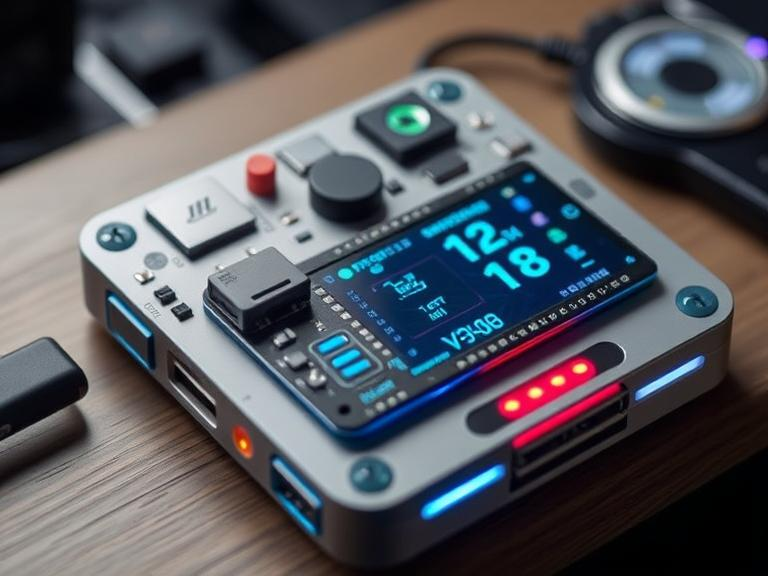Your basket is currently empty!
Modular Gadgets: Customization for the Future

Modular gadgets represent a bold step toward personalized technology. Instead of being locked into fixed features, users can customize and upgrade different parts of a device—extending its life and tailoring it to their needs.
The concept is simple: rather than buying a new device every time you want a new feature, you can just swap out a component. This could be a camera module, a battery, a processor, or even a sensor. Think of it like LEGO, but for electronics.
One of the most well-known attempts at modular tech was Google’s Project Ara, a smartphone with swappable modules. While it never reached full commercial release, it sparked major interest in the idea. Other companies, like Fairphone, are now leading the way in making modular, repairable phones that prioritize both customization and sustainability.
Modular gadgets are also making waves in computing and gaming. Modular PCs and laptops allow users to upgrade RAM, storage, or GPUs without replacing the entire device. For creative professionals or gamers, this flexibility is a huge advantage.
In the smart home space, modular systems allow users to build a setup that fits their lifestyle—adding sensors, cameras, or controls as needed.
However, modular design comes with challenges: ensuring compatibility between parts, maintaining a sleek design, and balancing customization with simplicity. Mass-market appeal is difficult because most consumers prefer devices that “just work” out of the box.
Still, modular gadgets point to a future where tech adapts to the user—not the other way around. They promote sustainability, affordability, and personalization in a powerful way.
Leave a Reply